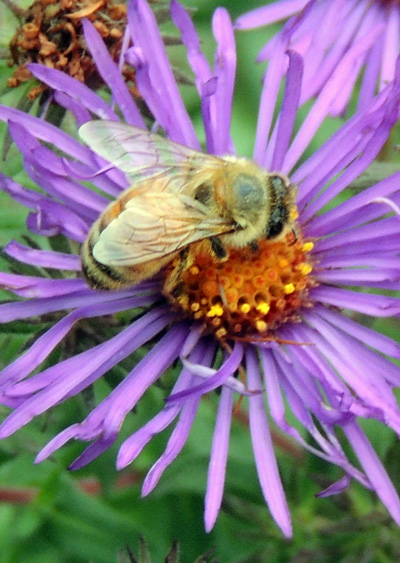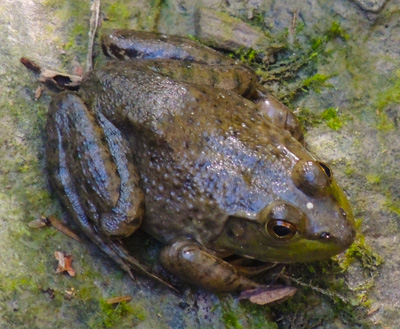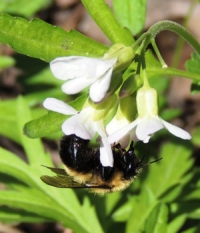Riverside Park - Biggest Bouquet Ever!
by Matt FlowerThis month I invite you to notice the incredible displays our trees give us! Many are literally bursting with thousands of flowers. Here are several that are flowering now.
Maple: The inconspicuous floral firework display of the Box Elder and other maples astound the careful observer.
European Alder: A walk along the Elfin Woods and River Trails lead you to notice strange, red flower clusters on the ground, often mistaken for caterpillars.
Weeping Willow: Look closely along the sweeping vines to discover slim, cylindrical flower clusters called Catkins. Like the Alders, this flower requires close inspection to understand its structure.
Menomonee Valley - Bees are Awesome!
by Lainet Garcia-Rivera We’re not the only ones who get excited at the emergence of spring flowers. Pollinating bugs, like bees, look for flowers to drink nectar and collect pollen. Why are bees important? They…
We’re not the only ones who get excited at the emergence of spring flowers. Pollinating bugs, like bees, look for flowers to drink nectar and collect pollen. Why are bees important? They…
- allow fructification in plants.
- help plants reproduce by transporting pollen.
- are the most abundant pollinators in the world.
Next time you’re at the Menomonee Valley, visit the bee hive on the green roof. “Our” bees help pollinate native plants that our land stewardship team and volunteers work tirelessly to maintain. Be part of the process by coming to our Community Planting day on May 18th.
Washington Park - Late-season Frogs
by Tim Vargo Take an evening stroll around the lagoon in May, and you will likely hear frogs, one of my favorite harbingers of spring. By calling, male frogs walk – or hop - a fine line between letting their presence be known to mates (a good thing) and potential predators (not so good).
Take an evening stroll around the lagoon in May, and you will likely hear frogs, one of my favorite harbingers of spring. By calling, male frogs walk – or hop - a fine line between letting their presence be known to mates (a good thing) and potential predators (not so good).
Most frogs start calling in March and April, but you have to wait until mid-May to hear two of our most well-known frogs, Bullfrogs (low monotonous hum) and Green Frogs (comical gulping sound). You can help the Center monitor frogs through our Community Science program by contacting Jennifer Callaghan This email address is being protected from spambots. You need JavaScript enabled to view it.
Summary
Our ancestors often explained re-emergences through mythology and the supernatural. Swallows migrating over the Mediterranean were thought to dive into the ocean to become clams for the winter. We know a little bit more today, but the beauty and mystery of spring re-emergence remain for all of us to discover. We hope you take some time to visit our branches or other green spaces to look for all the new things popping up everywhere.





